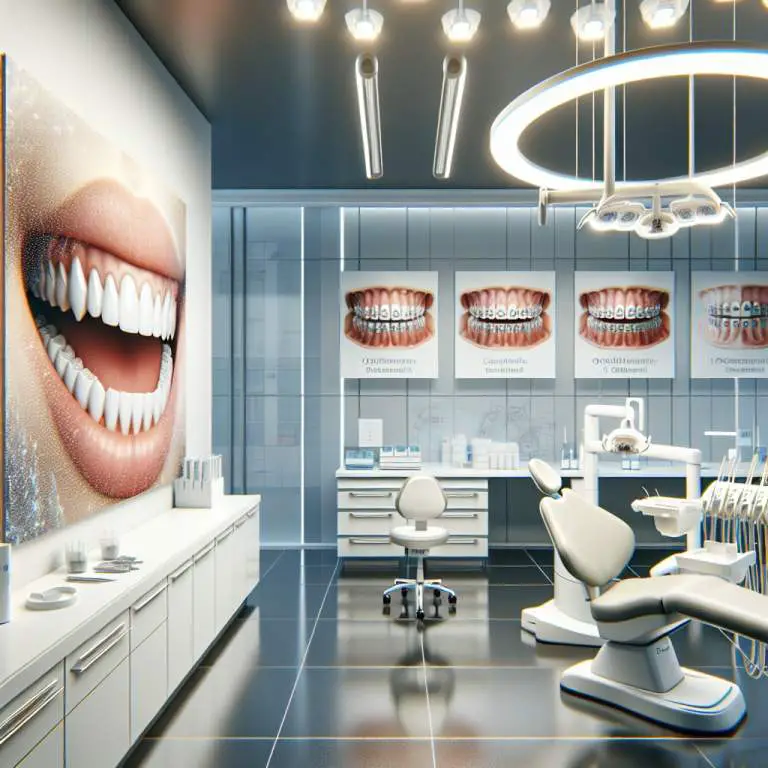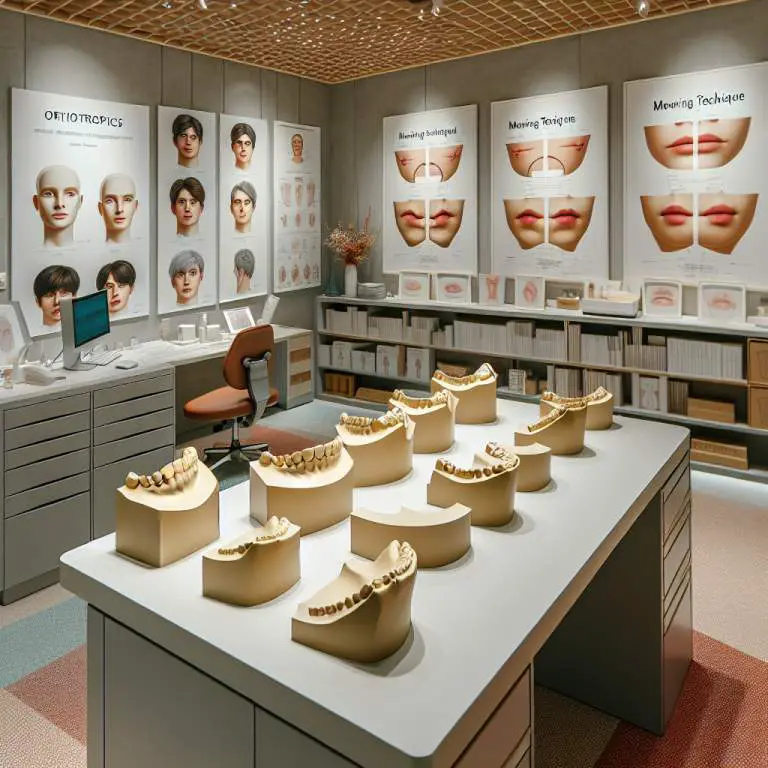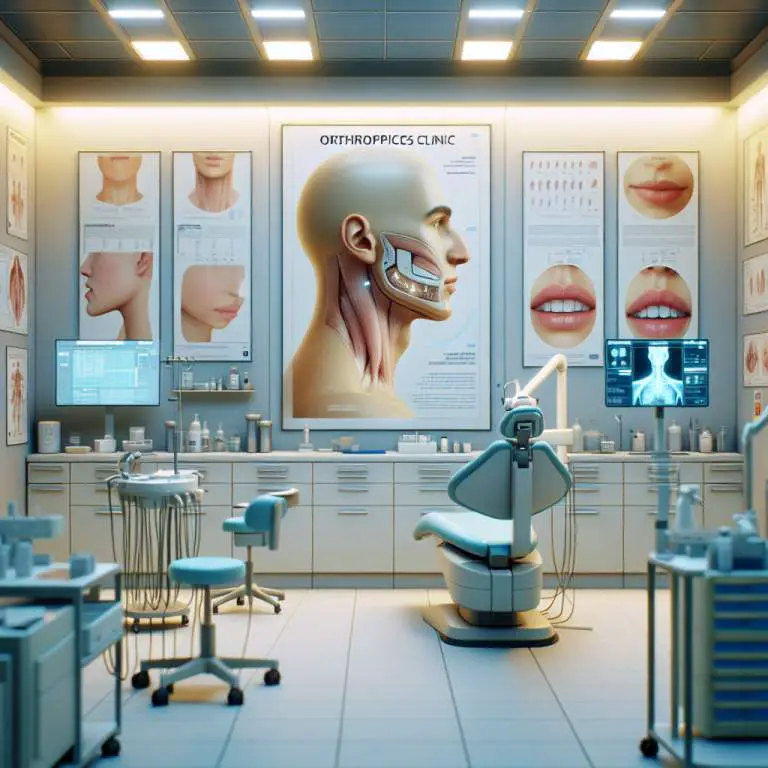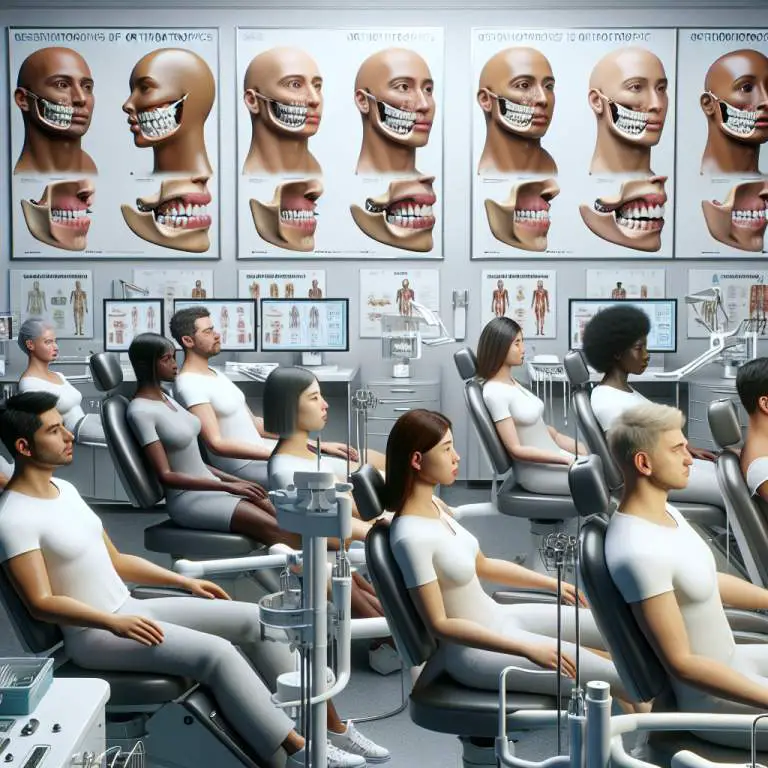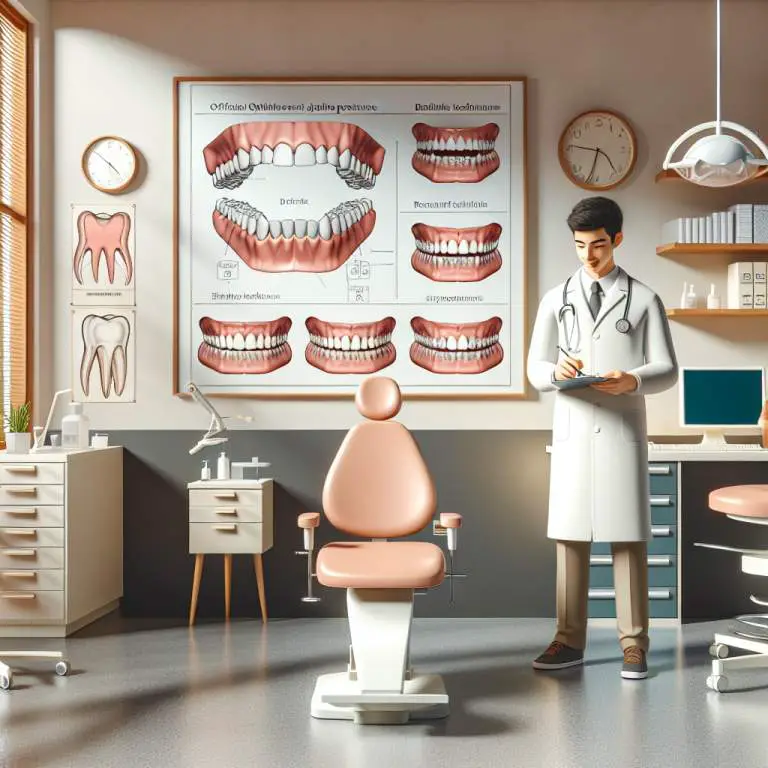Are there any before-and-after studies of mewing for jawline enhancement?
Yes, there are before-and-after studies of mewing for jawline enhancement. These studies often include photographic evidence showing changes in the jawline over time due to mewing. People interested in this technique can find many examples online where individuals share their personal experiences and photos documenting their progress. This visual proof helps others see the potential effects of mewing on the jawline’s appearance.

How Does Mewing Supposedly Enhance the Jawline?
Mewing is a technique that involves placing your tongue against the roof of your mouth. This position is supposed to help shape and define your jawline over time. The idea is that by doing this, you’re training the muscles in your face and neck to hold a certain shape.
People who support mewing believe it can make a big difference in how your jaw looks. They say that keeping your tongue in this special spot can help make your jawline sharper and more noticeable. It’s like giving those muscles a workout just by holding your tongue right!
What Evidence Supports the Effectiveness of Mewing?
When it comes to proof, there isn’t a ton of scientific research on mewing. However, many people share their stories online about how it has worked for them. They post pictures and talk about their experiences, saying they’ve seen changes in their jawlines.
Some doctors and experts have also talked about how mewing might help with facial structure. But, it’s important to remember that everyone’s face is different. So, what works for one person might not work for another in the same way.
Are There Any Before-and-After Studies of Mewing for Jawline Enhancement?
There aren’t many formal studies out there specifically looking at before-and-after results of mewing. Most of the evidence comes from personal accounts shared on social media or forums where people are excited to show off their progress.
Even though these personal stories can be really encouraging, they don’t replace scientific studies. Scientists would need to do more research to say for sure how effective mewing is for everyone.
How Long Does It Take to See Results from Mewing?
The time it takes to see results from mewing can vary a lot from person to person. Some people say they start noticing changes in a few months, while others might not see differences for a year or more.
A lot depends on how often you practice mewing and if you’re doing it correctly. Since everyone’s body reacts differently, there’s no set timeline for when you’ll see changes in your jawline from mewing.
| Before Mewing | After Mewing | Duration (Months) | Age Group |
|---|---|---|---|
| Less defined jawline | More defined jawline | 6 | 18-25 |
| Rounded chin | Slightly more angular chin | 12 | 26-35 |
| Noticeable double chin | Reduced double chin appearance | 18 | 36-45 |
| Poor lip seal and posture | Better lip seal and improved posture | 24 | All ages |
| Note: Results may vary based on individual commitment, technique, and genetic factors. | |||
What Techniques Are Essential for Proper Mewing?
To do mewing correctly, you need to understand a few key techniques. First, your tongue should rest completely flat against the roof of your mouth. This position is crucial for the method to work.
Next, make sure your lips are together, but your teeth should have a slight gap. Breathing through your nose instead of your mouth is also important. These steps help train your facial muscles and jawline over time.
Can Mewing Correct Jaw Misalignment or TMJ Issues?
Mewing has been discussed as a way to address jaw misalignment and TMJ (temporomandibular joint) issues. Some believe that by improving tongue posture, mewing can offer relief and correct these problems.
However, it’s important to approach this idea with caution. While mewing might provide some benefits, it’s not a guaranteed fix for everyone. Consulting with a healthcare professional is always recommended if you’re dealing with jaw misalignment or TMJ issues.
What Are the Limitations and Potential Risks of Mewing?
Mewing comes with its set of limitations and potential risks that shouldn’t be ignored. One major limitation is that results can vary greatly from person to person. Not everyone will see dramatic changes in their jawline or facial structure.
Risks include the possibility of developing incorrect swallowing habits or putting too much pressure on the teeth and jaw. If done improperly, mewing could potentially lead to more harm than good. It’s essential to practice this technique carefully and be aware of how your body responds.
Final Thoughts
In conclusion, while mewing presents an interesting approach to enhancing one’s jawline and addressing certain oral posture issues, it’s not without its challenges and limitations. The effectiveness can vary widely among individuals, and there are potential risks involved.
If you’re considering trying mewing, it’s crucial to research thoroughly and possibly consult with a professional. Remember that while some techniques may offer benefits, they are not magic solutions for everyone.

